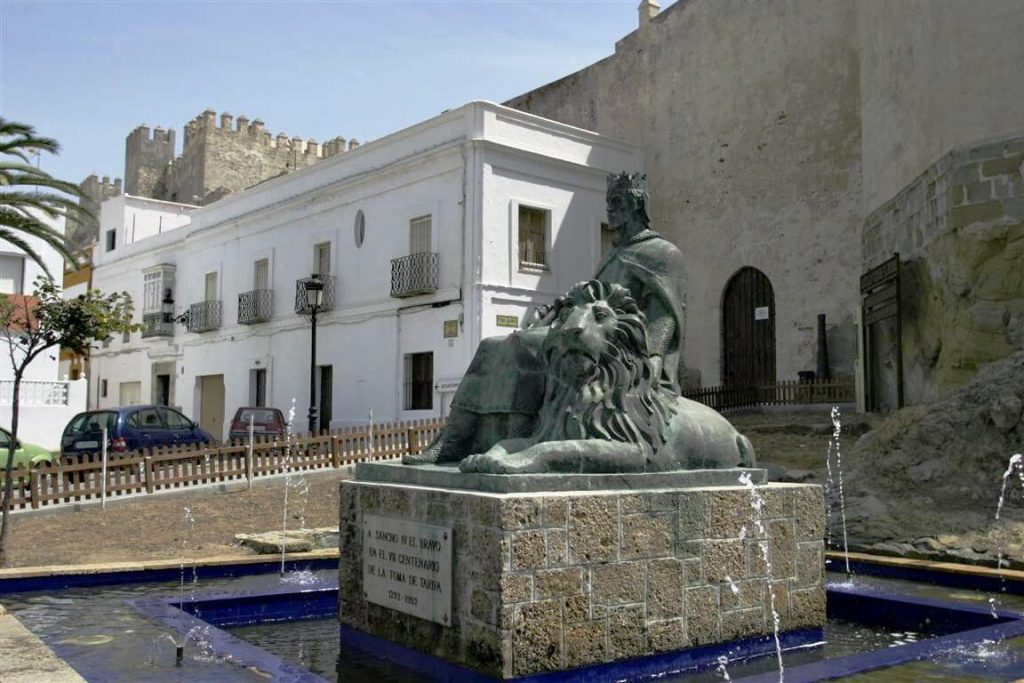Tarifa, a favourite since ancient times for its benefits, has a lot to tell.
Tarifa is the southernmost town in Europe and its origins date from Roman times in the first century A.D.
Since ancient times it appears that Tarifa has been an exceptional place to live and this is corroborated by the existence of numerous prehistoric archaeological sites.
Phoenicans, Greeks and Carthaginians also enjoyed the charms of this land leaving various proofs of their passing, but it was the Romans who were most aware of the location’s importance with settlements at: Julia Traducta – present day Tarifa – Mellaria – its actual location is unclear but there is proof of its existence – and Baelo Claudia – on the beaches of Bolonia and also belonging to the municipality of Tarifa.
It is mostly believed that the town was named for Tarif Ibn Malluk, a Berber chief who accompanied Tarik ben Ziyad, the Arab leader who defeated Don Rodrigo at the battle of La Janda (711) and was a key figure at the beginning of the centuries long Muslim rule that contributed to much of the lay out and style currently seen in the town.
In 1292 led by Sancho IV de Castilla, (known as el Bravo: The Brave) the Christians captured the town from the Muslims.
After the Christian conquest the town became the border of the kingdom of Granada and was a stronghold against Berber pirates, and from the eighteenth century a military enclave against the British possession of Gibraltar.
Today Tarifa is an example of open-mindedness, cultural mix and a high degree of conservation, as much in the historical and archaeological settlements as with its borders with Natural Parks.



